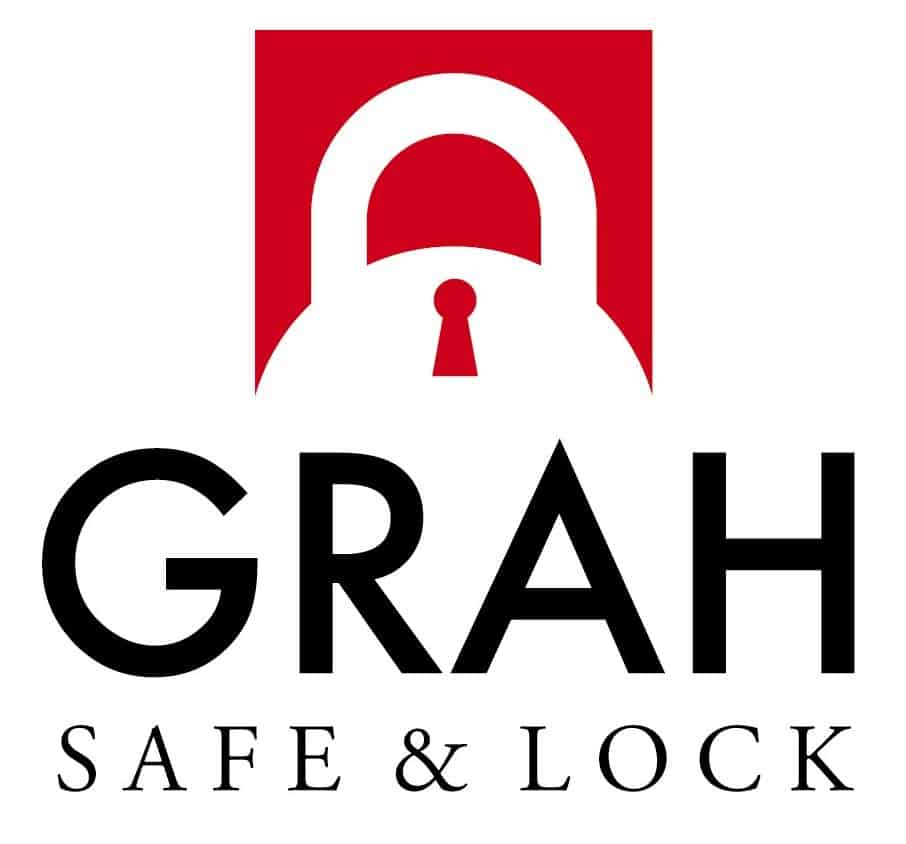Accessibility laws for door opening pressure now in force for California
Starting with the ADA requirements for the reduced door opening force of 8 ½ pounds of pressure or less to open a door, and now with the adoption of the current California Building Code requirements of 5 pounds of pressure to open a door, building owners and businesses operators have struggled to meet the low pressure door opening accessibility specifications. Although the requirements have been difficult to achieve on all doors, it is the exterior doors that are the most challenging due to weather, wind and stack pressure caused by building’s ventilation and HVAC systems.
In California since 2004 all entry doors are required to open with no more than 5 pounds of force, according to the California Building code section 1133B.2.5. This is simply not achievable for most doors and situations, so in most building jurisdictions this accessibility requirement was not enforced.
Since the intent of the code was to make more buildings accessible, in October 27, 2008 an amendment to code section 1133B.2.5 was adopted into law by the California Building Commission to take effect as of August 1, 2009. The amendment states:
One door in eight adjacent to an accessible route shall be power-operated and the remainder of the manually manually-operated doors may be of 8 1/2 pounds of force.
The 1 in 8 ration applies to each accessible elevation of a building. If no power operated door is installed to this ratio, then all doors must be manually-operated with no more than 5 pounds of force.
As the building/ plan checking departments as well as local Authorities Having Jurisdiction (AHJ) begin to enforce this requirement, and representatives of the disabled community begin to cite building owners and tenants for accessibility non-compliance this will become a costly hot button issue.
At Grah we offer and suggest some practical solutions to this accessibility challenge.
Power Door Operators are one very viable solution. In the past 10 years a wide variety of low power door operators have come on the market and there are now solutions for most doors, and budgets. Low usage doors can get by with a light duty door operator, where high use doors need a heavy duty door operator. These door operators are not visually distracting and the operator buttons can be hard wired or wireless making installation easy. These power door operators do require some maintenance. If there are many doors, using a power door operator on 1 in 8 ratio may be the easiest and lowest cost solution to achieve compliance.
Automatically Adjusting Closers are now available that use the motion of the door opening to power the motors to adjust the opening force to less than 5 pounds, then increase the holding force to keep the door closed against wind and building stack pressure. These self powered units are available in a footprint to match current door closers, so installation is easy and the end result is visually appealing. The self powered aspect of this solution makes for a lower cost installation.
Power Assist Door Openers are another solution that has been available for many years, and are the only solution for some doors. Mounted in the floor or on the door, these require electrical power to the door opening and, as the name implies, once the door is moved even a small amount the electrical motors take over and assist the door open.
High Energy Door Openers are familiar to anyone who enters a grocery store or hospital. These are the sliding doors that open whenever anyone or anything approaches the door. These high power door operators are designed for high traffic environments. They require replacement of the entire door system. The drawbacks for existing buildings and doors are the cost, construction, ongoing service and increased HVAC costs. But for high traffic situations, this can sometimes be the optimal solution.
At Grah in our efforts to help others to meet regulations and reduce ADA liability we are happy to offer free consultation on your specific situation.

